Kavakavank Monastery
Location
The monastery is located in Hadrut region, in the valley of the Ishkhanaget River, left to the road leading from Togh to Varanda (Fizuli), on a hill separated from the plain. It is located near the villages of Jrakus, Hogher and Kyuratagh.
Historical overview
There are no accurate records preserved in historical literature on the foundation and activities of the monastery.
The fact that there used to be a monastic complex is evidenced by the remains of the foundations of the surrounding walls, cells of the congregation, pilgrim rooms still preserved on the hill.
The present church (Figs․ 1, 2, 3) is the only structure left standing from the former monastic complex, which was rebuilt in 1742 by the order of Melik Yegan of Dizak and his father – Archimandrite Ghukas, and the residents of the surrounding Gyumush, Chima and Hogher villages (Mkrtchyan 1985, 112).
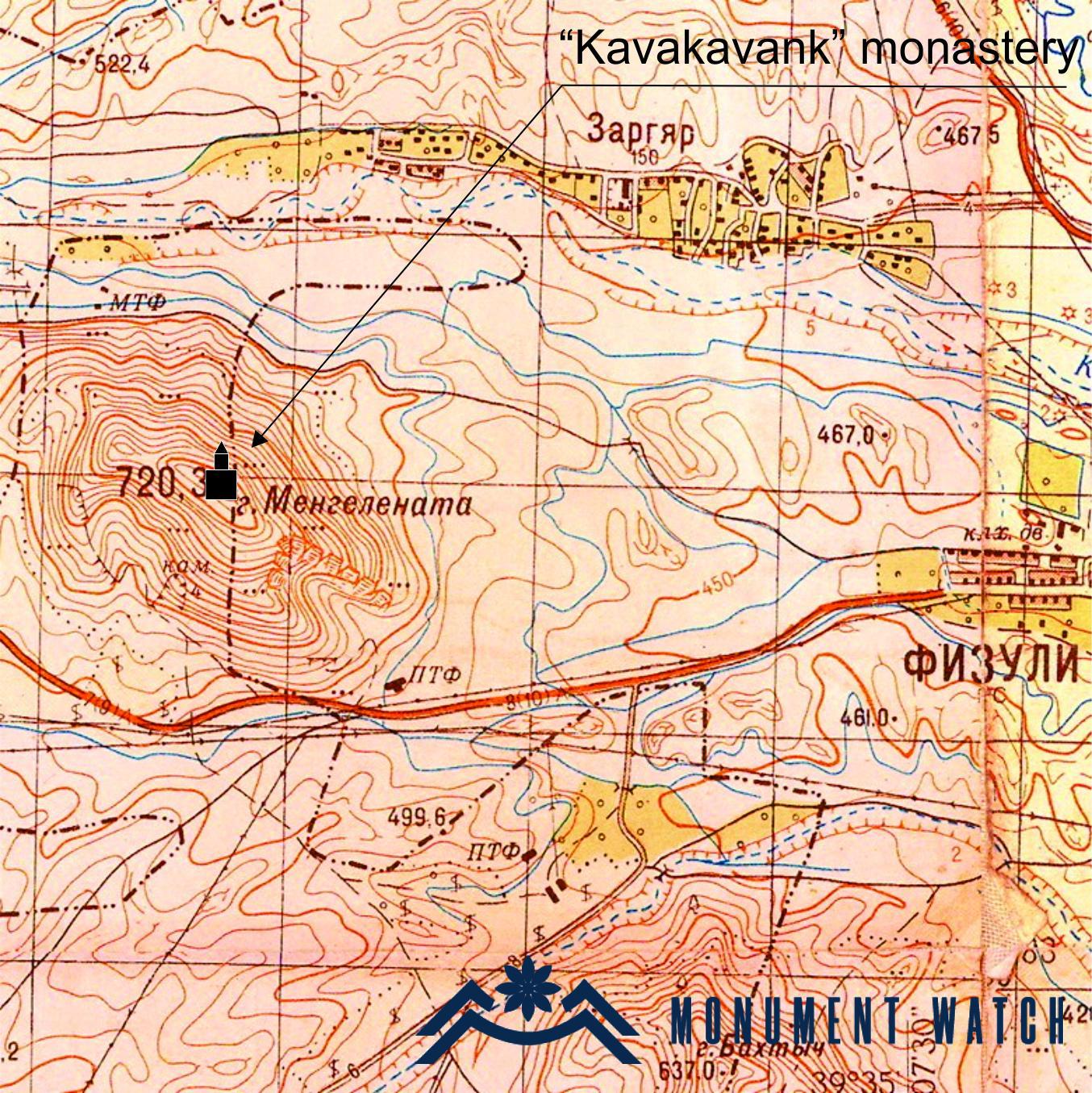
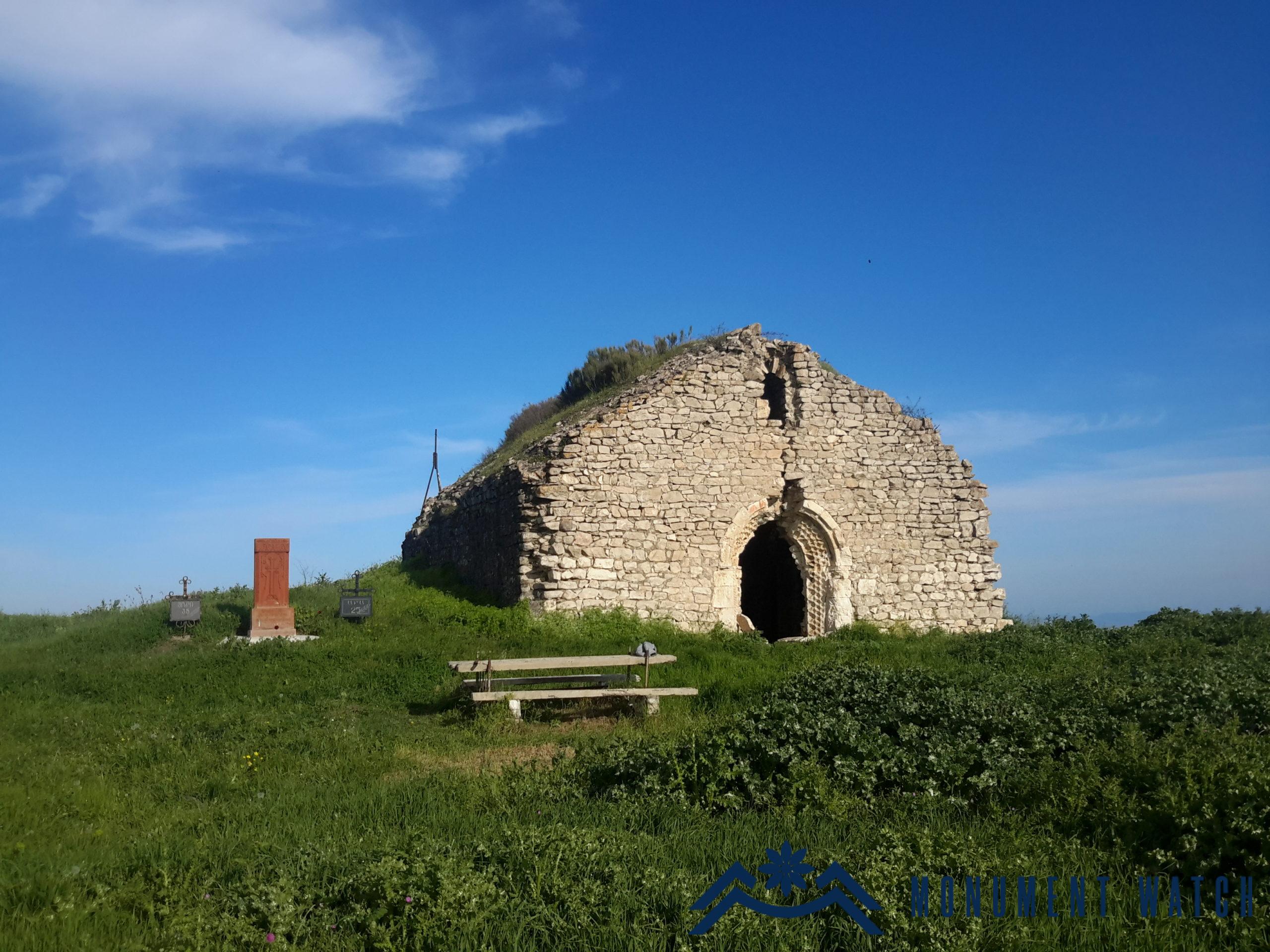
Fig․ 1 Kavakavank from the west, 2015, photo by G. Budaghyan.
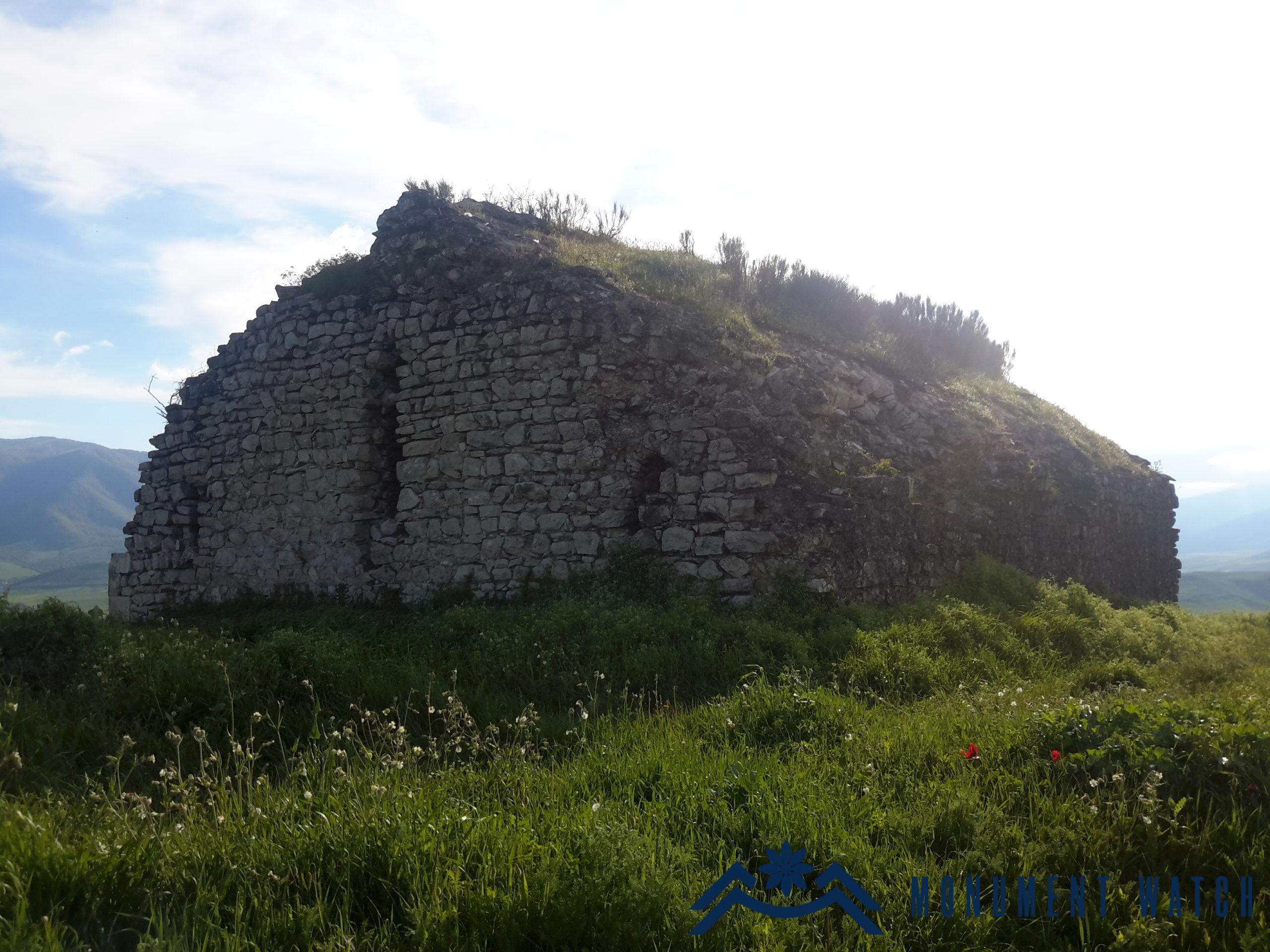
Fig․ 2 The view of the monastery from the north-east, 2015, photo by G. Budaghyan.
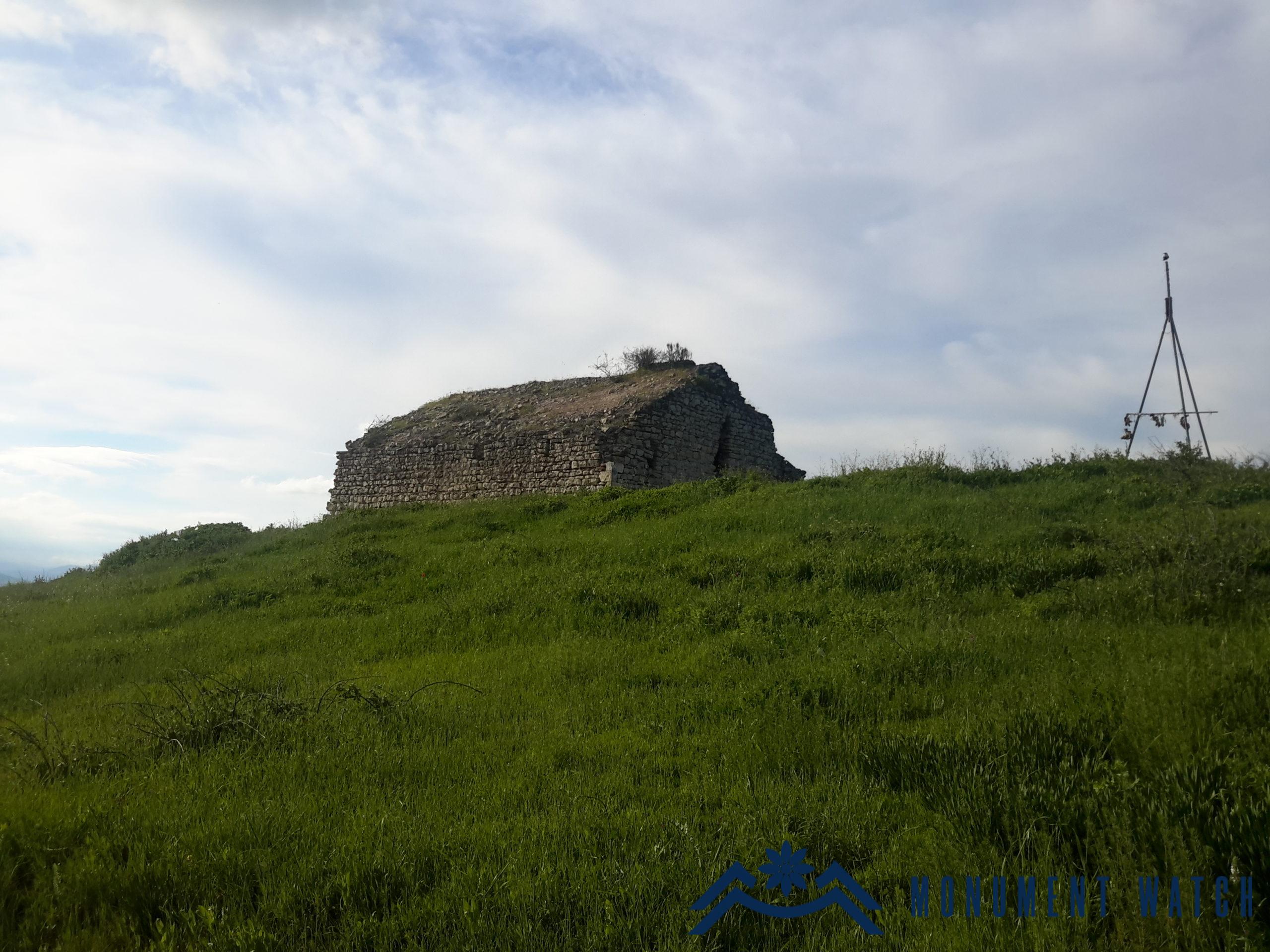
Fig. 3 The view of the monastery from the south-east, 2015, photo by G. Budaghyan.
The fact that the monastery enjoyed the care of the Dizak meliks is confirmed by the coat of arms of the Dizak meliks depicted on the lintel of the southern vestry of the church (Fig․ 4).
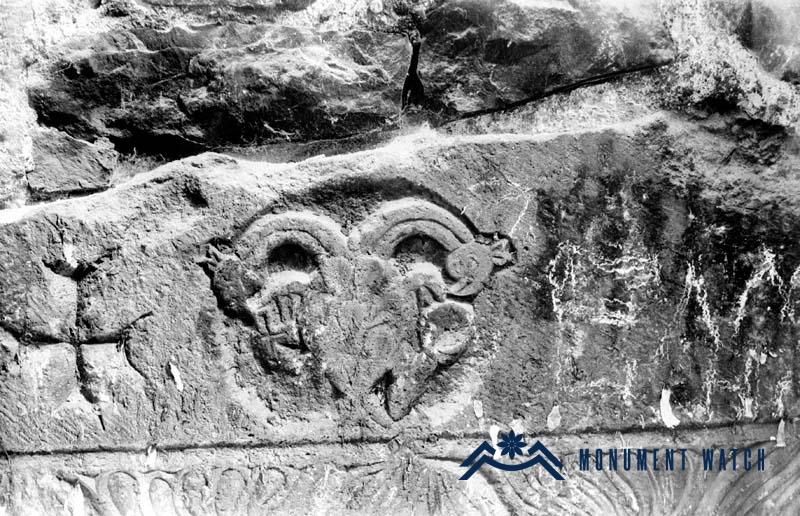
Fig. 4 The coat of arms of the Dizak meliks on the entrance lintel of the vestry, 1987, photo by S. Karapetyan.
Architectural-compositional examination
The church is a three-nave basilica (Fig․ 5), its length is 12,8 m, the width is 9,8 m, the height is 5 m. The roof is vaulted, externally a gable roof. The entrance opens from the west, both windows are in the eastern and western walls. It stands out with the entrance built of hewn stones which is decorated with delicate stalactite ornaments (Fig․ 6). The stage bema of the main altar is also sculpted.
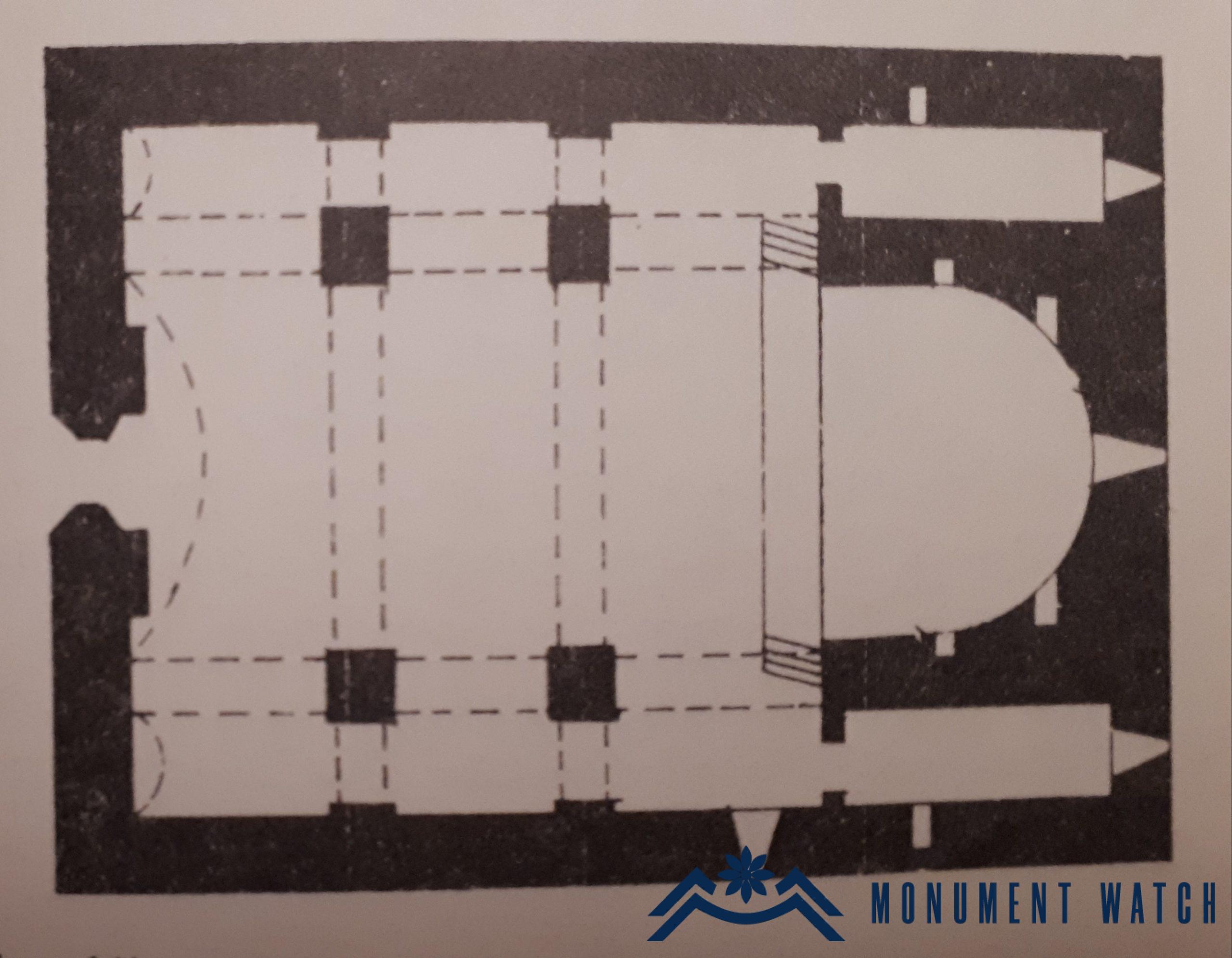
Fig. 5 The plan and measurement of Kavakavank by Sh. Mkrtchyan, Sh. Mkrtchyan, The historical-architectural monuments of Nagorno Karabakh, p. 113.
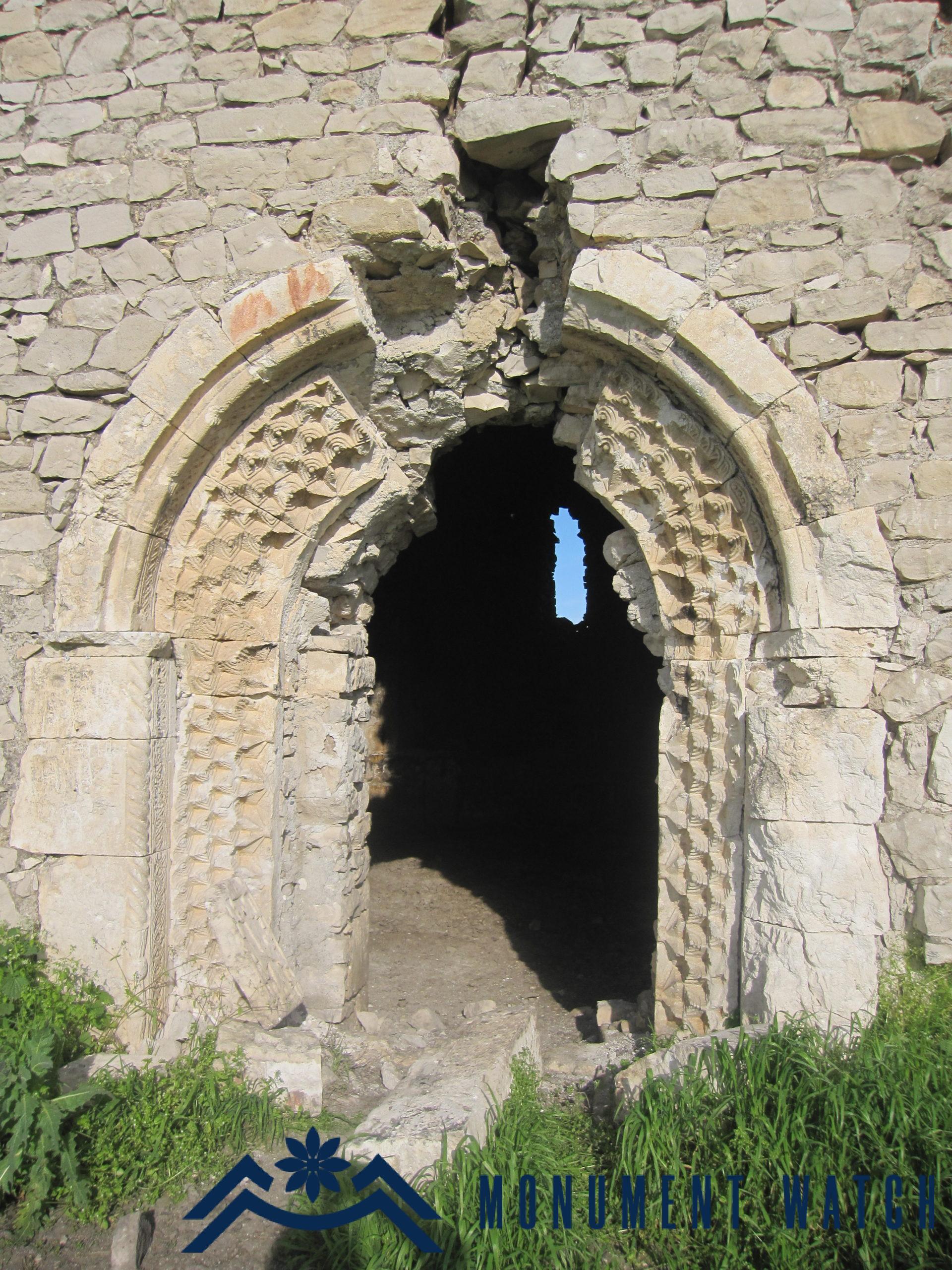
Fig․ 6 The entrance of the monastery, 2015, photo by G. Budaghyan.
In time, there used to exist an inscription on the entrance lintel: “In the year of 1742/ to the memory of Isu - /the son of Sarkis,/mother Zulal,/to Heriknaz – the spouse of his brother,/sons and daughters. God have mercy” (CAI 1982, 179) (Fig․ 7).
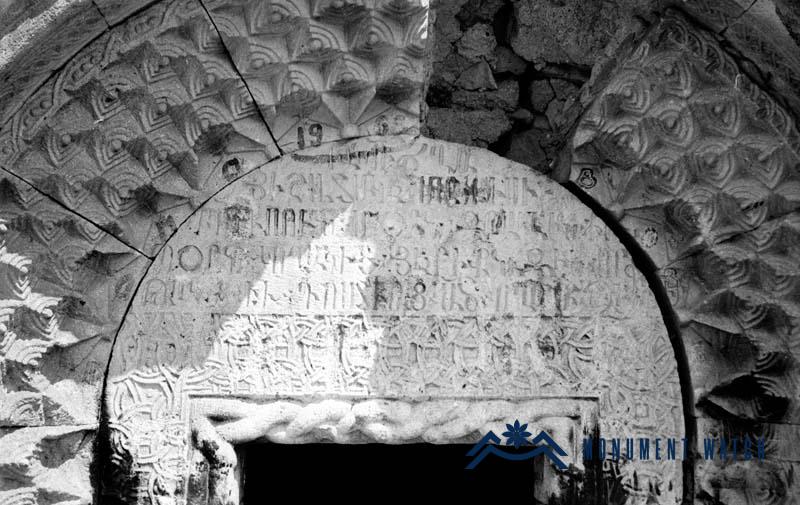
Fig․ 7 The entrance lintel of the monastery, 1987, photo by S. Karapetyan.
On the lintel there is also the name Grigor, who is probably the scribe.
In the southern altar there is an inscribed gravestone: “This is the gravestone of Saint Yakovika” (CAI 1982, 179) (Fig․ 8).
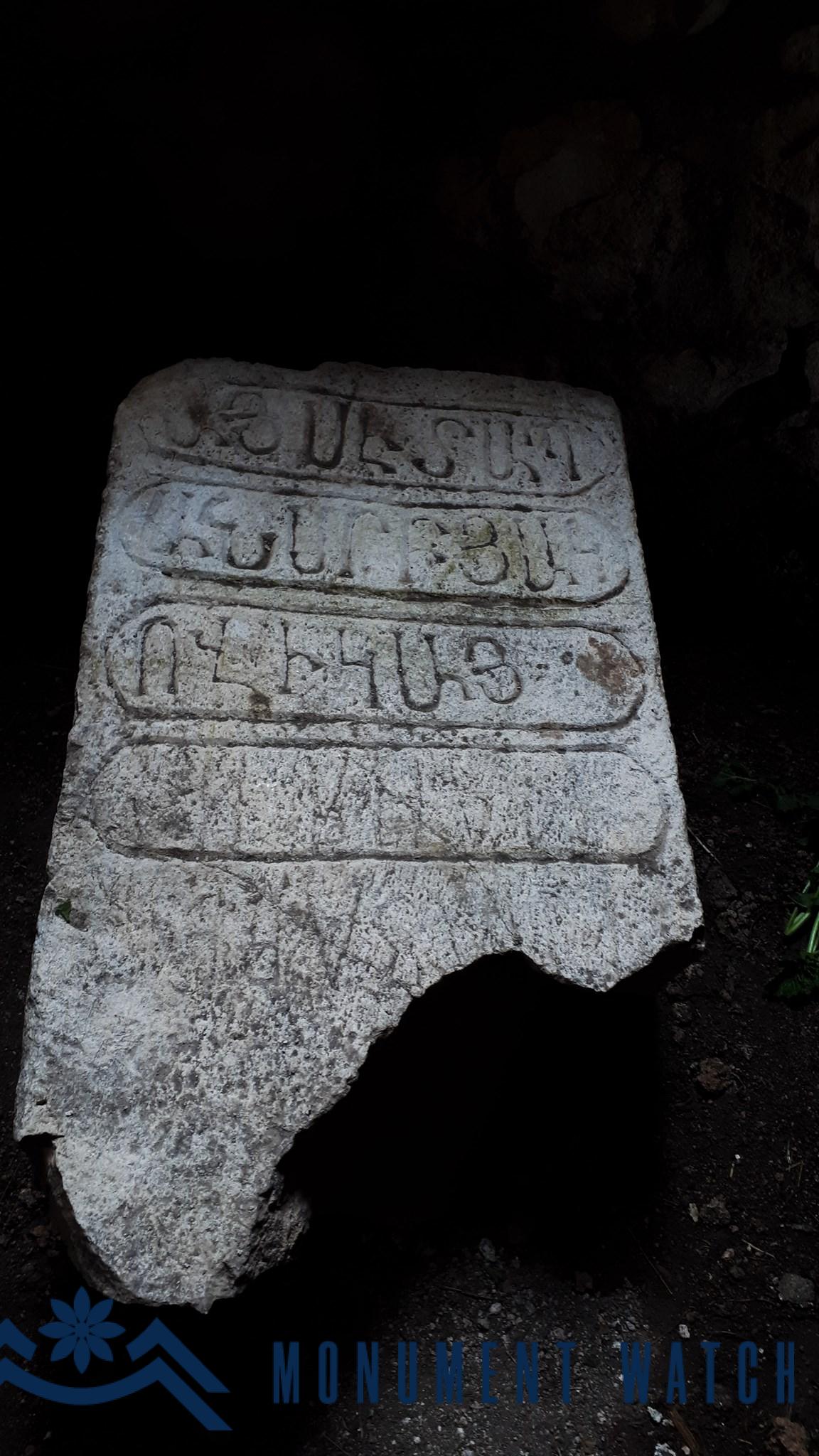
Fig․ 8 The gravestone of St. Hakob, 2015, photo by G. Budaghyan.
A gravestone has been preserved in the churchyard, some of which have an effaced inscription: “This is the gravestone of Petros Pap who…/in the year of 1649 (CAI 1982, 179):
Inside the monastery there is also a well-preserved khachkar (Fig. 9):
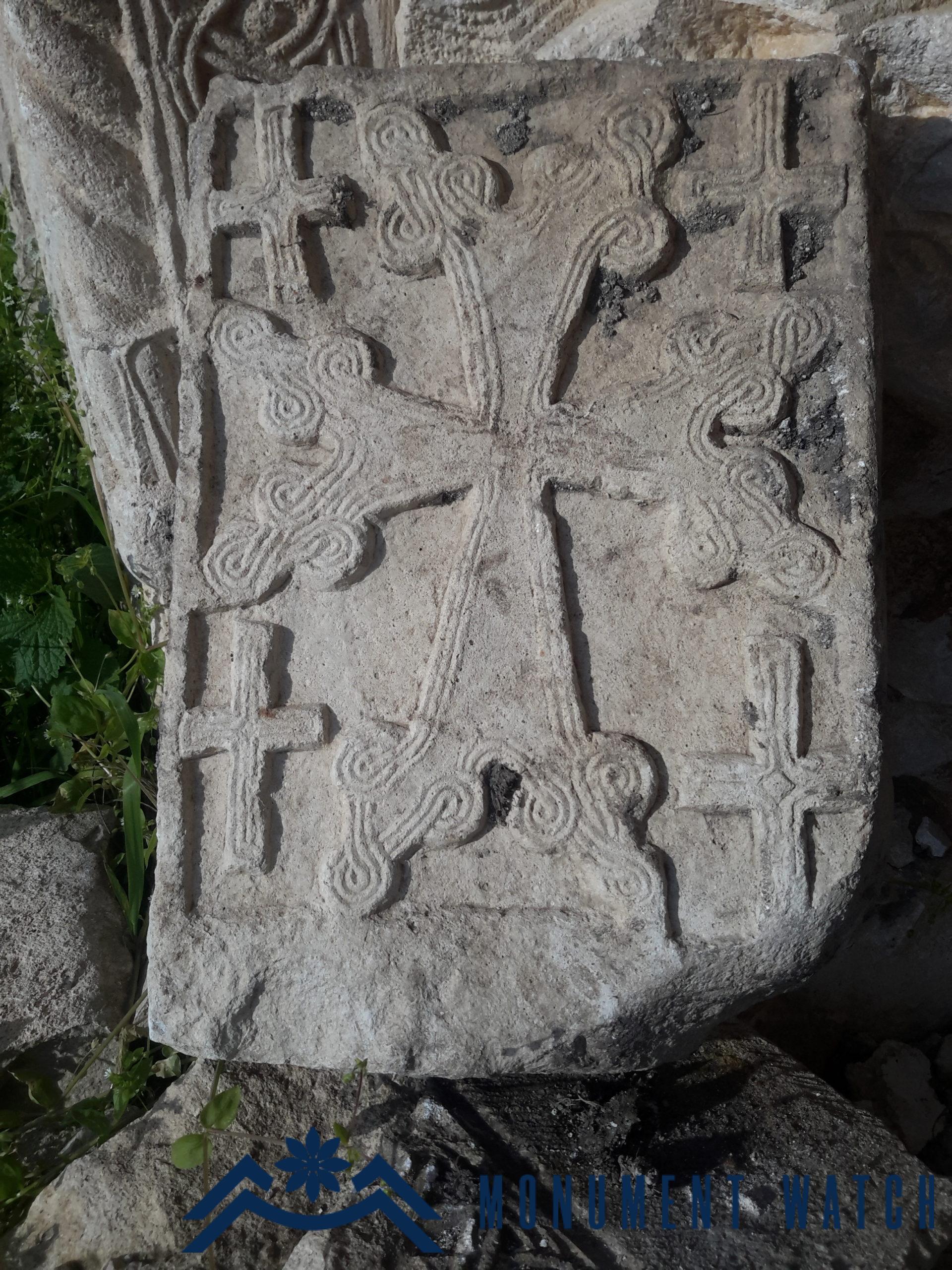
Fig. 9 The preserved khachkar of the monastery, 2015, photo by G. Budaghyan.
The condition before, during and after the war
During the First Artsakh War in 1990-1992, Kavak Hill was turned into a military strongpoint by the Azerbaijani armed forces, and then the lintel was destroyed and disappeared, the gravestone of St. Hakob was also broken, the inscriptions on the arch-supporting stones surrounding the entrance door as well as the coat of arms of the Dizak melikdom were erased (Fig․ 10).
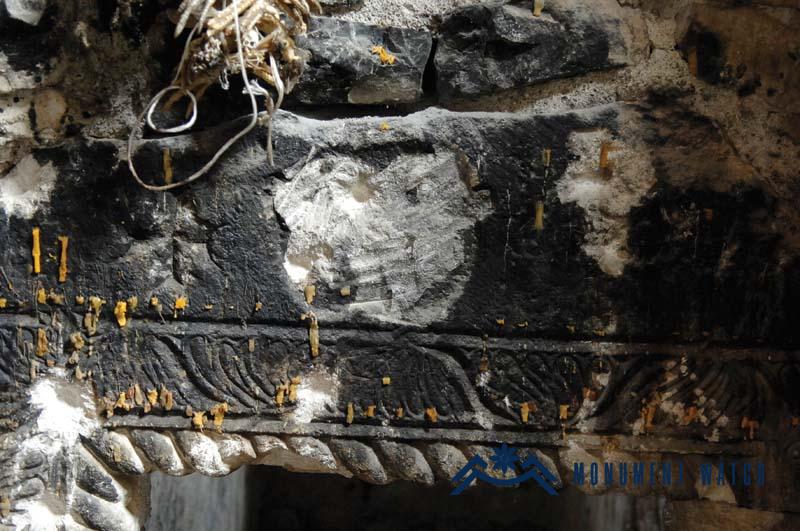
Fig․ 10 The effaced coat of arms of the Dizak melikdom, 2000, photo by S. Karapetyan․
In the western part of the church, from the roof to the entrance facade, it is cracked, the segment around the eastern window is damaged, there are also stonefalls from the corner walls of the church.
In 1995, a khachkar was erected near the church in memory of the freedom fighters who died in 1993 (Fig․ 11).
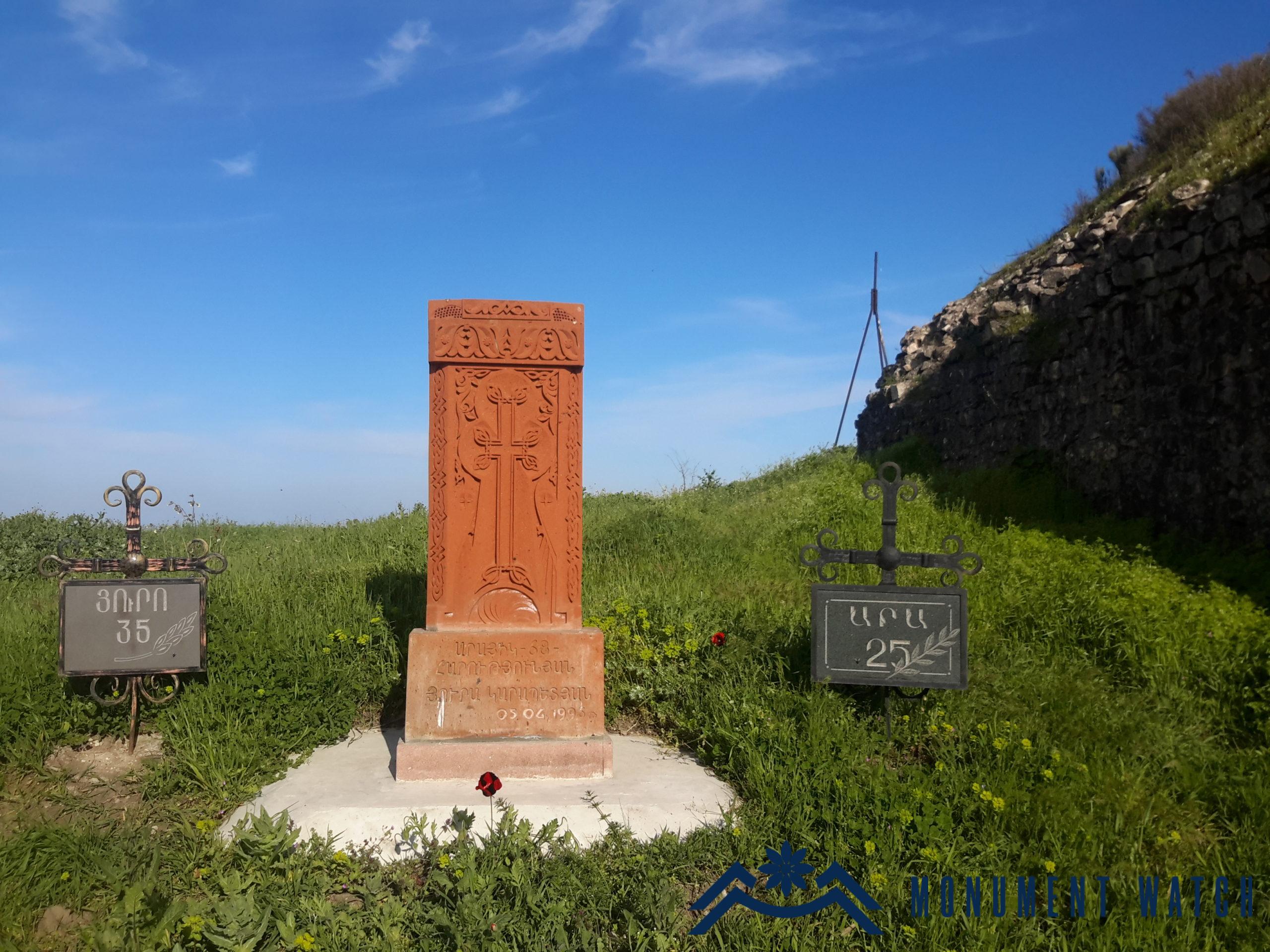
Fig․ 11 The new khachkar in the territory of the monastery, 2015, photo by G. Budaghyan.
After the occupation of this part of the region by the Azerbaijanis on October 12, 2020, Kavak Hill was again turned into a strongpoint, as a result of which it was shelled on October 13-14. There is no information about the condition of the church after the war.
Bibliography
- Amirjanyan S., Dizak, Yerevan, 2006.
- Barkhutaryants M, Artsakh, Baku, 1895.
- CAI 1982 – Corpus of Armenian Inscriptions, Issue 5, Artsakh, compiled by S. Barkhudaryan, Yerevan.
- Mkrtchyan 1985 – Mkrtchyan Sh., The historical-architectural monuments of Nagorno Karabakh, Yerevan.
Kavakavank Monastery
Արցախ